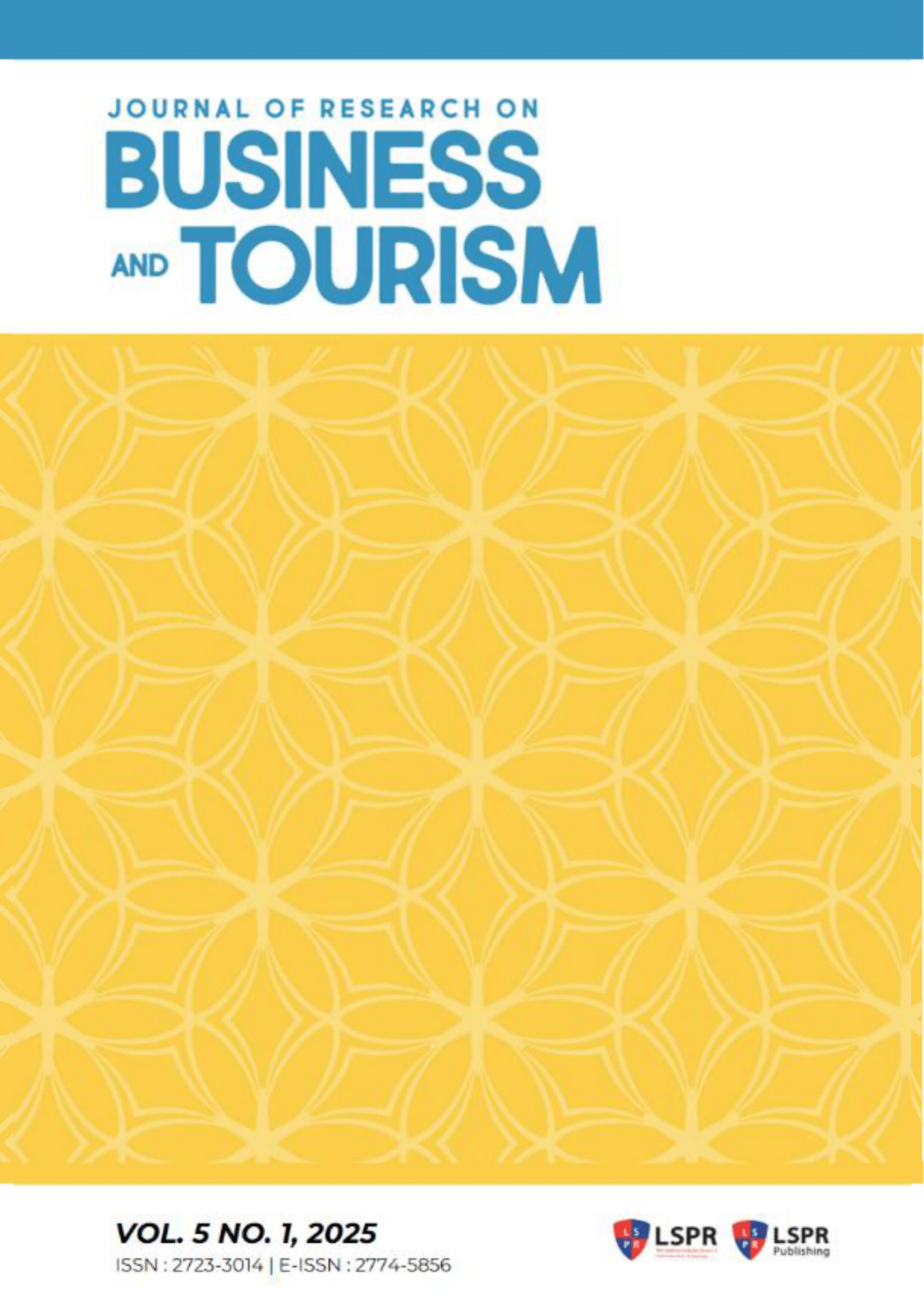Friday Noraebang's Marketing PR Strategies Shape Brand Image Through Powerful Collaboration
DOI:
https://doi.org/10.37535/104005120254Keywords:
Hallyu, Marketing Public Relation, Brand Image, PESO Model, Co-Branding CollaborationAbstract
Korean culture has been a global trend for over thirty years, influencing the world. The Korean entertainment industry has grown rapidly, called the Hallyu phenomenon. Indonesia has a large Hallyu market, providing a golden opportunity for businesses like Friday Noraebang’s, a karaoke event organizer. This research aims to understand and to analyse Friday Noraebang’s Marketing Public Relations strategy to develop a positive image, by collaborating with other brands, and to identify obstacles and solutions to this strategy. It uses Marketing Public Relations approaches such as the pull, push, and pass strategies, with the PESO model concept. The research methodology used is descriptive qualitative method with interview techniques and secondary data. This research found that Friday Noraebang’s has successfully implemented three Marketing Public Relations strategies based on factors that form brand image and six elements of co-branding. The pull, push and pass strategy approach, as well as the use of social media and co-branding collaboration, are the keys to Friday Noraebang’s success in building and strengthening its brand image. Brand that have survived the pandemic are able to adapt to changes in promotional styles, maximising their flexibility and creativity to maintain audience engagement competitive advantage in the entertainment industry.
References
Adani, D., Yulianti, W., Yunia, A., & Pinariya, J. M. (2021). Kampanye Marketing Public Relations BeBASEkspresi Mengenai Perubahan Stigma Standar Kecantikan Perempuan Indonesia. Journal of Research on Business and Tourism, 1(2), 90-100. https://doi.org/10.37535/104001220211
Afriantri, R., & Putri, C. Y. (2017). Kerjasama Indonesia dan Korea Selatan dalam Pengembangan Sektor Industri Kreatif di Indonesia. TransBORDERS: International Relations Journal, 1(1), 61-81. https://doi.org/10.23969/transborders.v1i1.754
Anwar, R. P., & Anwar, W. W. (2014). The Effect of Korean Wave on Young Generation and Creative Industry in Indonesia. 현대사회와다문화, 4(2), 65-89.
Glodev, V., Wijaya, G., & Ida, R. (2023). The Korean Wave as the Globalization of South Korean Culture. WACANA: Jurnal Ilmiah Ilmu Komunikasi, 22(1), 108-120. https://doi.org/10.32509/wacana.v22i1.2671
Hakim, I. N. (2020). Bagaimana Mengukur Efektifitas Co-Branding Wonderful Indonesia: Studi Konseptual. Jurnal Kepariwisataan Indonesia: Jurnal Penelitian Dan Pengembangan Kepariwisataan Indonesia, 14(1), 21-37. https://doi.org/10.47608/jki.v14i12020.21-37
Kotler, P., & Keller, K. L. (2016). Marketing management (15th ed.). Pearson Education.
Larasati, M. R. P., Mahadewi, N. M. E., & Surata, I. K. (2023). The Role of Sports Events as an Alternative Tourism in Lombok: A Case Study of The Implementation of The Moto GP Mandalika. Jurnal Bisnis dan Manajemen, 3(3), 373-393. https://ejournal.penerbitjurnal.com/index.php/business/article/view/214
Meliala, R. M. (2021). Strategi Marketing Public Relations PT Lotte Indonesia dalam Memperingati Hari Ibu. Jurnal PIKMA Publikasi Ilmu Komunikasi Media dan Cinema, 3(2), 128-145. https://doi.org/10.24076/pikma.v3i2.461
Nadiya, D., Fauztina, D., Diana, K. D., & Permana, E. (2023). Analisis Strategi Pemasaran Produk Erigo. Innovative: Journal Of Social Science Research, 3(2), 13738–13751.
Qausya, A. A., & Bernadette, S. (2024). Strategic Marketing Public Relations for Brand Elevation: A Case Study of the #JacquelleDisneyEdition Campaign. Journal of Communication and Public Relations, 2(2), 80-102. https://doi.org/10.37535/105002220245
Rees, A. (2022). Public Relations, Branding and Authenticity: Brand Communications in the Digital Age. Routledge.
Schivinski, B., & Dabrowski, D. (2016). The effect of social media communication on consumer perceptions of brands. Journal of Marketing Communications, 22(2), 189-214. https://doi.org/10.1080/13527266.2013.871323
Smith, R. D. (2020). Strategic Planning for Public Relations (6th ed.). Routledge.
Sulistyawati, A. R. (2023, October 12). K-pop Populer, Bahasa Korea Jadi Banyak Dipelajari Orang Asing. Harian Kompas. https://www.kompas.id/baca/humaniora/2023/10/12/k-pop-populer-bahasa-korea-jadi-banyak-dipelajari-orang-asing
Wardhana, A. (2022). BRAND IMAGE DAN BRAND AWARENESS. In A. Sudirman (Ed.), Brand Marketing: The Art Of Branding (pp. 105-120). MEDIA SAINS INDONESIA.











